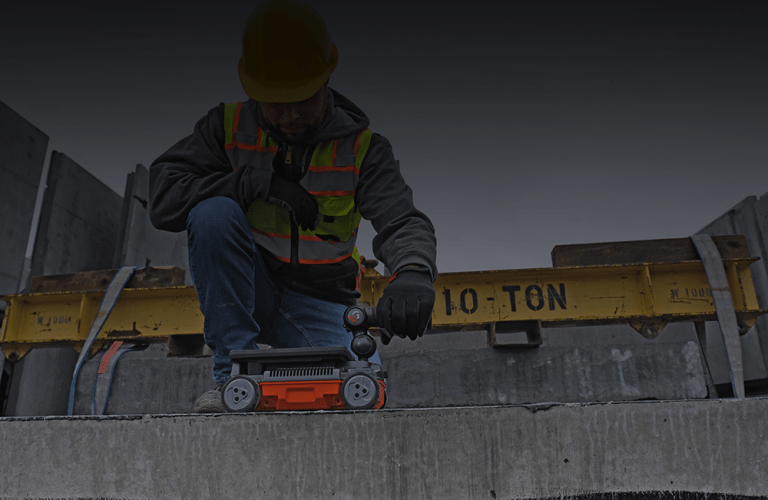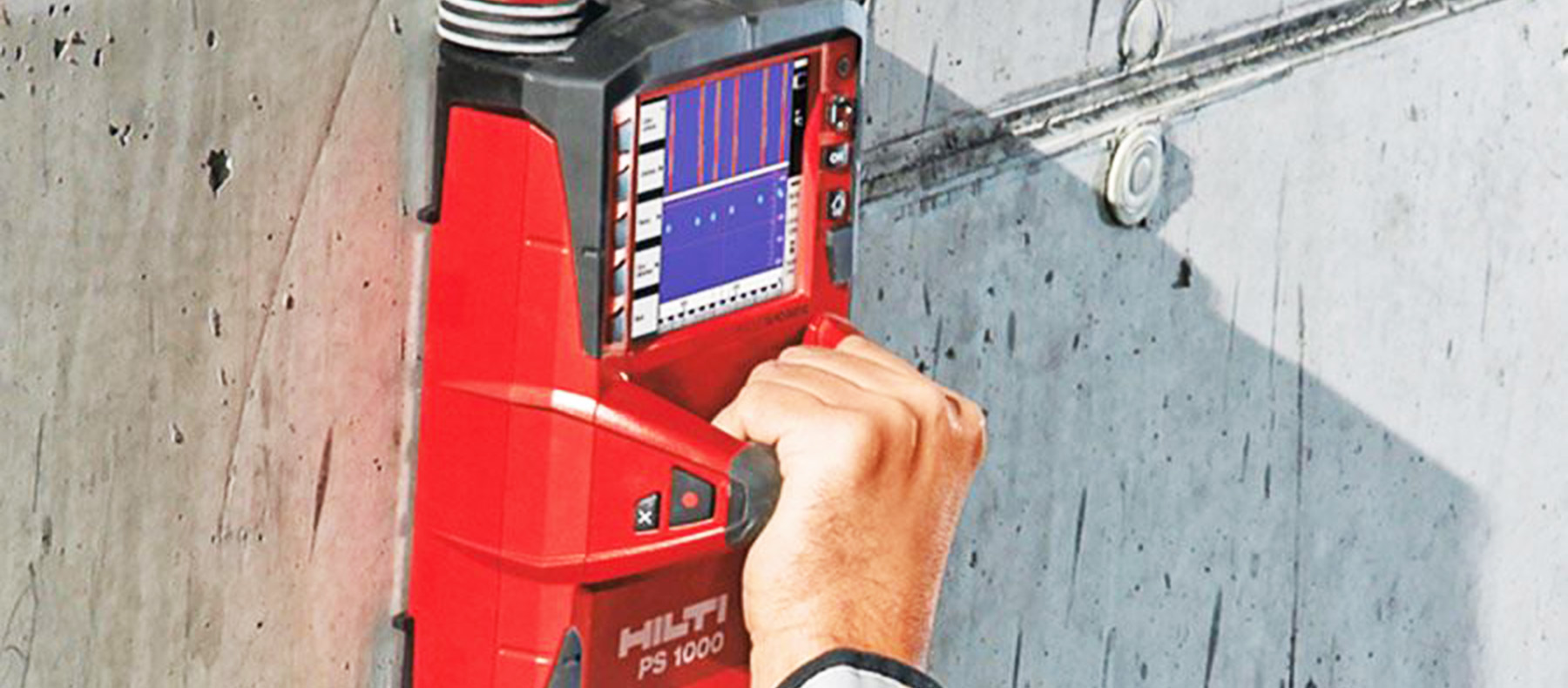Why Select RainierGPR Concrete Scanning for Accurate Subsurface Analysis
The Importance of Precise Concrete Scanning in Finding Underground Hazards
In the world of building and facilities development, the significance of specific concrete scanning can not be overemphasized. Below the seemingly strong ground lie elaborate networks of energies, pipelines, and various other subsurface frameworks that are frequently unnoticeable to the naked eye. The ability to properly find and map these underground hazards is not just a matter of convenience yet a critical facet of making sure the safety of both building and construction workers and the honesty of the job itself. By deploying sophisticated scanning technologies and methodologies, specialists can discover surprise dangers, prevent expensive damages, and eventually lead the way for smoother and much safer construction ventures.
Advanced Scanning Technologies for Discovery
Sophisticated radar systems are revolutionizing the field of underground detection by supplying unequaled accuracy and efficiency. These advanced scanning innovations use ground-penetrating radar (GPR) to develop detailed photos of subsurface frameworks, using understandings right into what lies under the surface area with amazing clarity. By emitting high-frequency pulses right into the ground and determining the representations, radar systems can recognize variations in product composition and spot underground hazards such as pipes, cable televisions, and voids.
Among the key benefits of these advanced radar systems is their non-invasive nature, permitting extensive examinations without triggering damage to the existing structures. This not just makes certain the safety and security of the surrounding atmosphere but also decreases the requirement for expensive fixings or disturbances to continuous construction jobs. Additionally, the real-time information offered by these scanning innovations allows quick decision-making and boosts total task efficiency.
Importance of Subsurface Mapping

Exact subsurface mapping helps in avoiding costly damages to existing below ground facilities, reducing the threat of crashes, and preserving project timelines. It makes it possible for task supervisors to make educated decisions relating to website planning, devices release, and resource allocation. In addition, subsurface mapping enables for better sychronisation amongst different teams working with a task and assists in following regulatory needs connected to below ground utility discovery.
Mitigating Dangers in Construction Projects
Efficient threat reduction approaches are crucial for guaranteeing the success and safety of construction projects. Recognizing and dealing with potential risks before they intensify is vital in keeping project timelines, budget plans, and overall high quality. One essential aspect of mitigating dangers in building tasks is complete preparation and analysis at the first stages. Carrying out detailed site studies, consisting of exact concrete scanning for below ground hazards, can help in recognizing prospective concerns early on. Using sophisticated technologies like ground-penetrating radar and electromagnetic induction can aid in identifying utilities, rebar, or other blockages that might posture risks throughout construction.
In addition, establishing clear interaction channels among all job stakeholders and making sure strict you can try this out adherence to safety methods are crucial parts of danger mitigation. Normal examinations, quality assurance measures, and tracking of work progression can assist in determining and resolving any arising threats without delay. Moreover, having contingency strategies in area for unforeseen difficulties can significantly decrease the effect of interruptions on the task. By proactively implementing durable threat reduction approaches, construction projects can lessen hold-ups, cost overruns, and security cases, ultimately causing effective task end results.

Preventing Costly Damages and Delays
To lessen financial losses and task setbacks, reliable approaches should be applied to prevent expensive damages and delays in construction projects. Recognizing these blockages early on helps in planning the task format much more successfully and preventing prospective damages throughout excavation.
Additionally, buying training programs for construction employees on the importance of concrete scanning and secure excavation techniques can considerably minimize the danger of mishaps and delays. Clear communication channels in between job supervisors, designers, and on-site employees are likewise important to make sure that everybody is aware of the potential dangers and follows the essential protocols to stop expensive damages. By prioritizing aggressive actions like concrete scanning and promoting a culture of safety and awareness, building and construction tasks can lessen the financial influence of unanticipated underground obstructions and prevent expensive delays.
Ensuring Safety of On-Site Personnel
By focusing on positive actions such as comprehensive training programs and clear communication networks, building tasks can make certain the safety of on-site employees amid the prospective hazards spotted with concrete scanning. Appropriate training equips workers with the understanding and abilities required to navigate building websites safely, specifically when dangers are identified with scanning processes. Training must cover risk acknowledgment, emergency procedures, and the appropriate application of personal protective devices to reduce threats successfully.
Furthermore, developing clear communication networks is crucial for disseminating details concerning recognized threats without delay. This ensures that all on-site employees know potential risks and can take essential safety measures to avoid crashes. Normal safety rundowns, toolbox talks, and consistent updates relating to scanning results help keep everybody informed and proactive in keeping a secure working atmosphere.
Moreover, implementing strict adherence to safety site here and security protocols and guidelines, useful site conducting regular security audits, and cultivating a society of safety and security consciousness amongst employees are important components in making sure the health of on-site employees during construction jobs - RainierGPR Concrete Scanning. Positive precaution not just secure employees from damage yet additionally add to the overall success and effectiveness of the task
Verdict
Utilizing sophisticated scanning innovations and subsurface mapping helps minimize threats in building tasks, preventing expensive problems and hold-ups. It is necessary for construction firms to prioritize the use of exact scanning methods to minimize potential risks and ensure a smooth building and construction procedure.
By proactively executing durable threat reduction techniques, building and construction projects can decrease hold-ups, price overruns, and security incidents, eventually leading to successful task outcomes. - RainierGPR Concrete Scanning
To lessen financial losses and job setbacks, effective methods have to be executed to avoid pricey problems and hold-ups in building jobs. By focusing on positive procedures like concrete scanning and promoting a culture of safety and awareness, construction projects can decrease the economic effect of unexpected below ground blockages and stay clear of pricey delays.
By focusing on aggressive steps such as extensive training programs and clear communication channels, building and construction projects can guarantee the security of on-site employees amid the prospective risks detected via concrete scanning. Utilizing innovative scanning technologies and subsurface mapping assists reduce threats in building and construction tasks, avoiding expensive damages and delays.